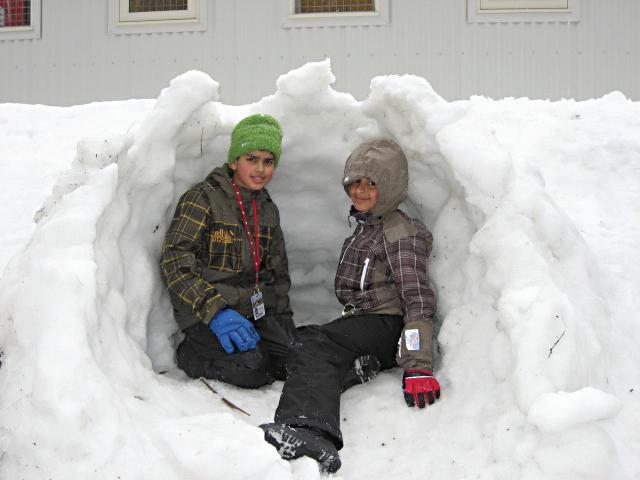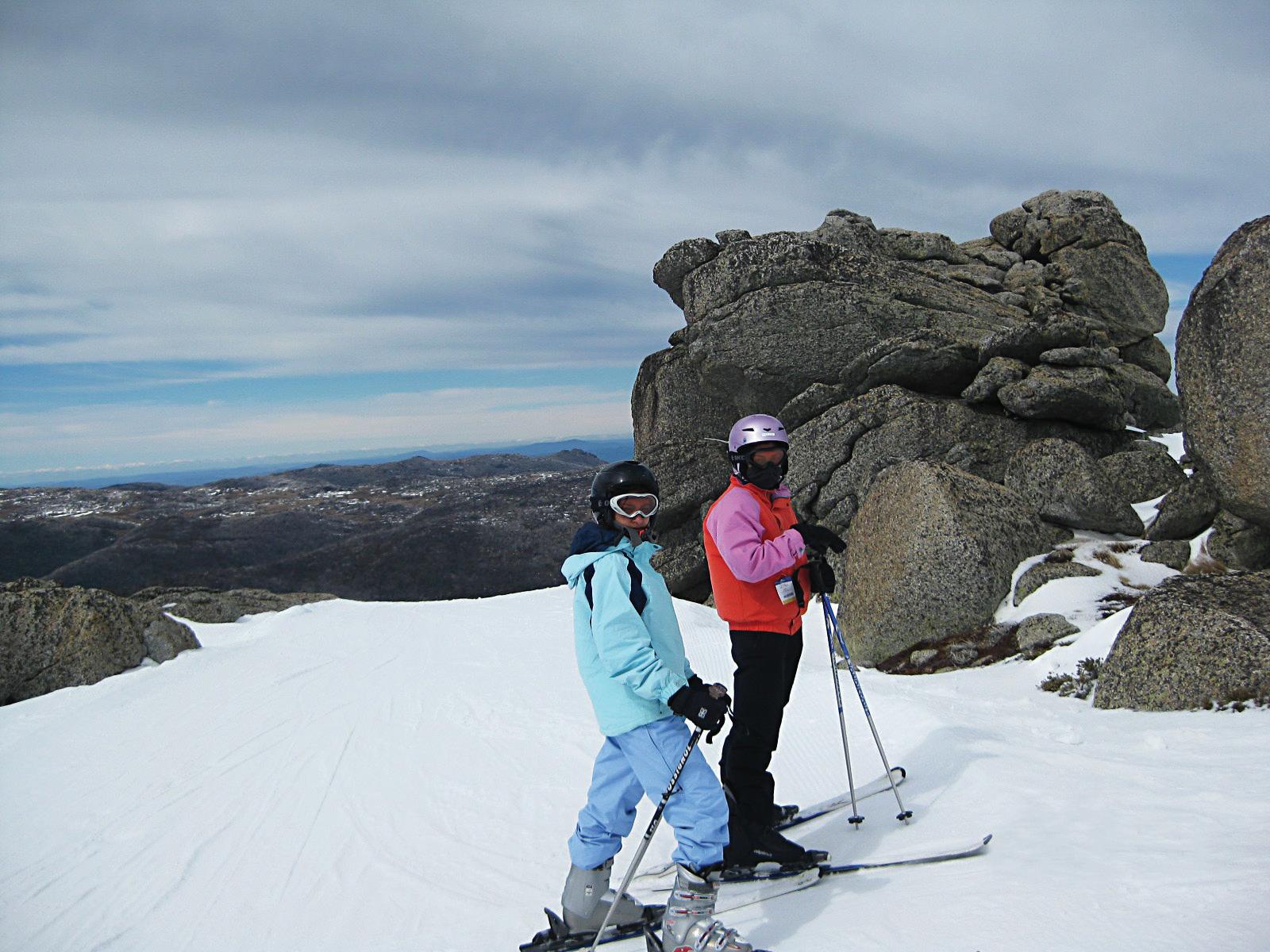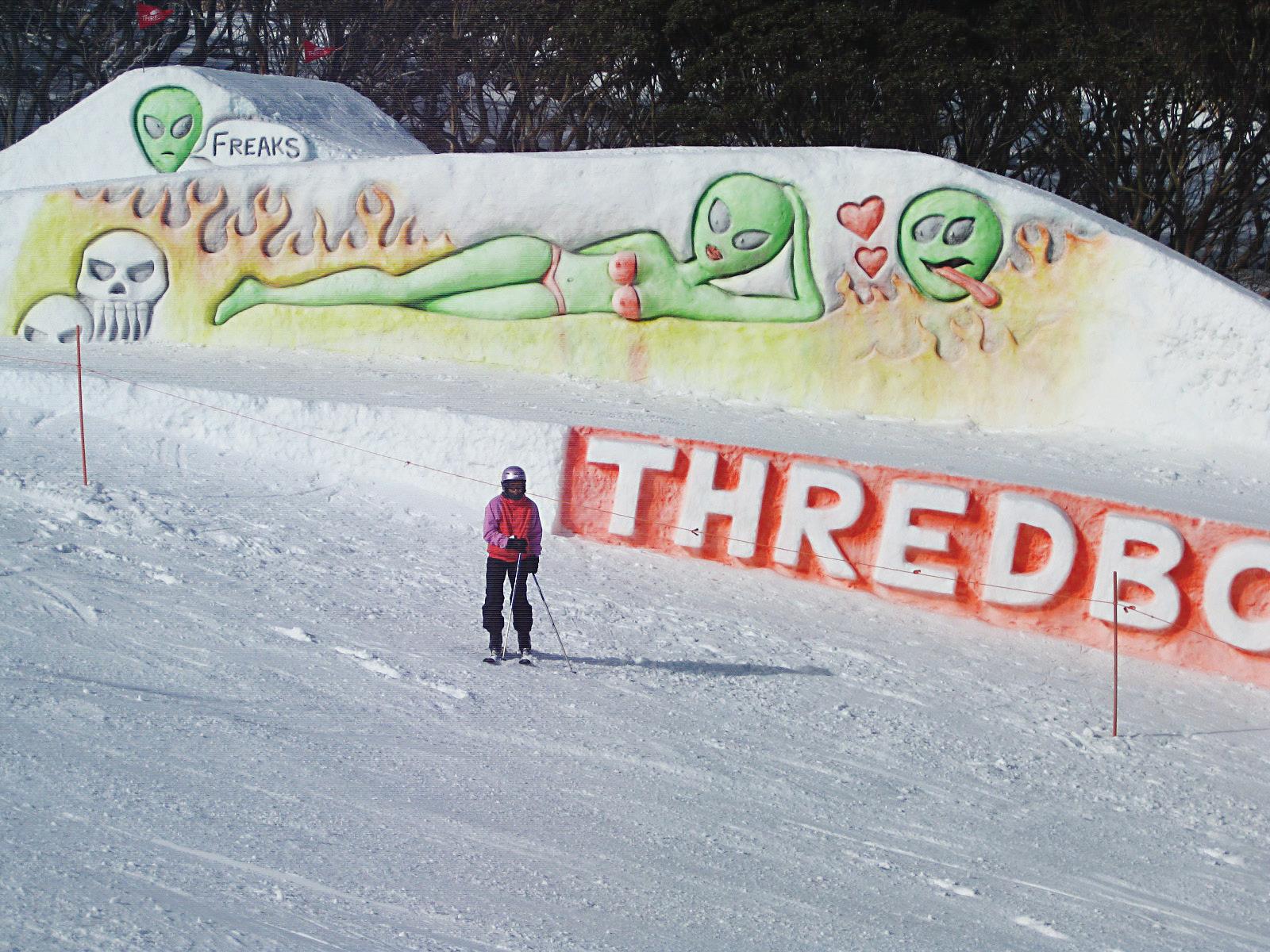
2 minute read
The lure of
from 2011-07 Melbourne
by Indian Link
GAURAV PANDEY and KUDRAT SINGH report
Excitement is a great warmer. Every year thousands flock to Australia’s Snowy Mountains for the rush of being free in a breathtaking setting of snow, risk and wonder – a feeling almost impossible to describe, but entirely fathomable. For converts, the tryst with skiing – a challenging, yet thoroughly enjoyable sport – is the highlight of their year.
In a welcome trend, we are seeing an increasing number of Indian-Australians open up to the idea of adventure sports, especially snow sports considering the snow in Australia is admittedly more icy and wet when compared to other countries. Countries such as Japan or Canada tend to have the really dry snow – aptly termed “powder” – which acts as a cushion, implying that falling into a thick layer of snow does not necessarily mean bruising or other physical injuries. Dealing with icy, moist snow requires an added measure of courage and skill.
Regardless of this fine print, many first generation migrants have lapped up the opportunity brought to them by their adopted country, and they are not only making the most of it, but passing on the enthusiasm to their children too. Some of these skiing enthusiasts shared their experiences in Australia’s snowy wilderness with Indian Link.
Ski veteran
Sydneysider Avi Joshi got into skiing at the behest of a friend in 1973, and hasn’t missed a single season since; interestingly the first ski lessons he took were on “the dry slopes in Mosman” – yes, Mosman!
The septuagenarian continues to ski with the same passion, and more often given that he now gets seniors discount tickets.
“I ski at Perisher Valley or Thredbo during the Australian winter. In the northern hemisphere winter, I ski mostly in


Japan, Canada or the US. The snow in Japan is excellent and so are the people and the food,” says Avi.
But skiing can be a dangerous sport, even for the best equipped. Sometimes just an awareness of this fact can go a long way in avoiding panic or at least any outward manifestation of it – which in many cases can be the difference between life and death.
Avi too has had his share of scares, as he recalls, “Once during a cross country day ski trip, my friend and I were trapped in a ‘total whiteout’ near the village of Charlotte’s Pass. We were out in the wilderness as the weather closed and heavy snow forced us panicky skiiers to return to the village.” Unable to see any landmarks, the duo had to depend on maps and the compass. After a quick calculation, they realised they had strayed. “We should have been on a flat surface on the face of a steep hill on the summit road to Mount Kosciusko, but we just couldn’t locate this flat area. Suddenly there was two-second break in the cloud and we realised that there was a sheer 200-metre drop on our side. One slip would have meant certain death,” he says.
“I have never prayed that hard in my life.









